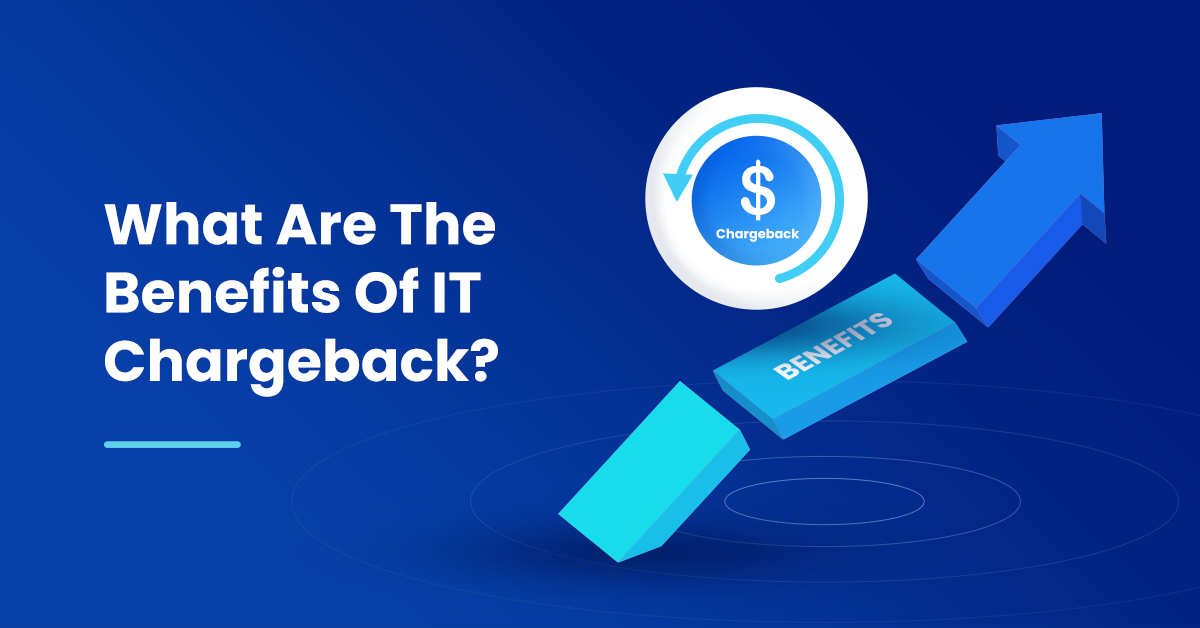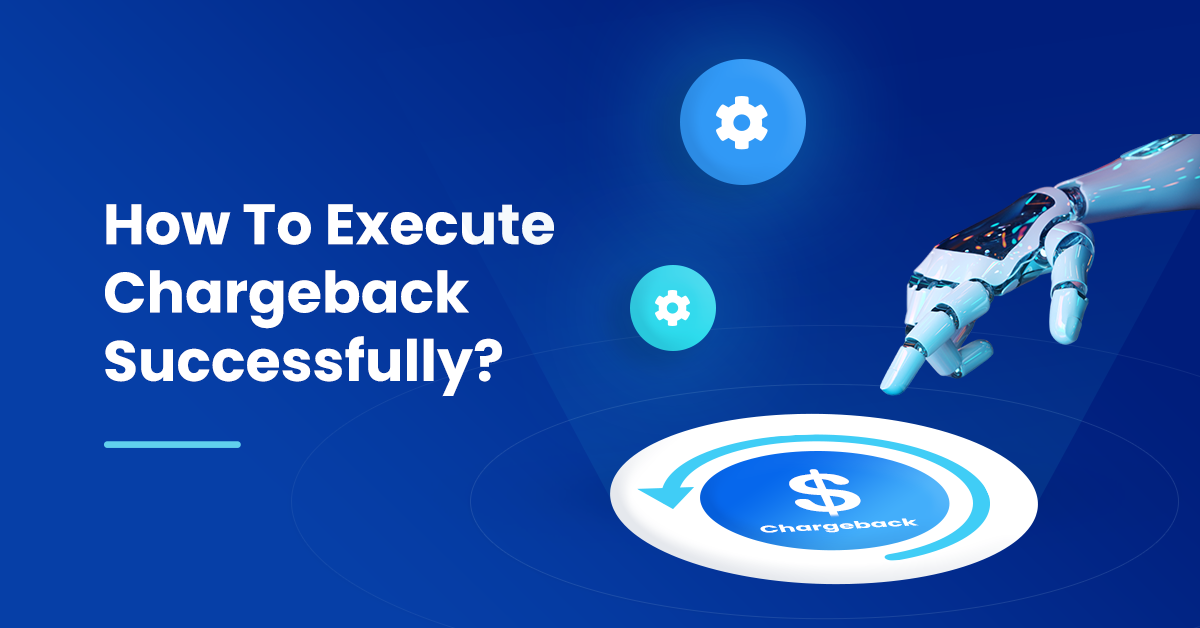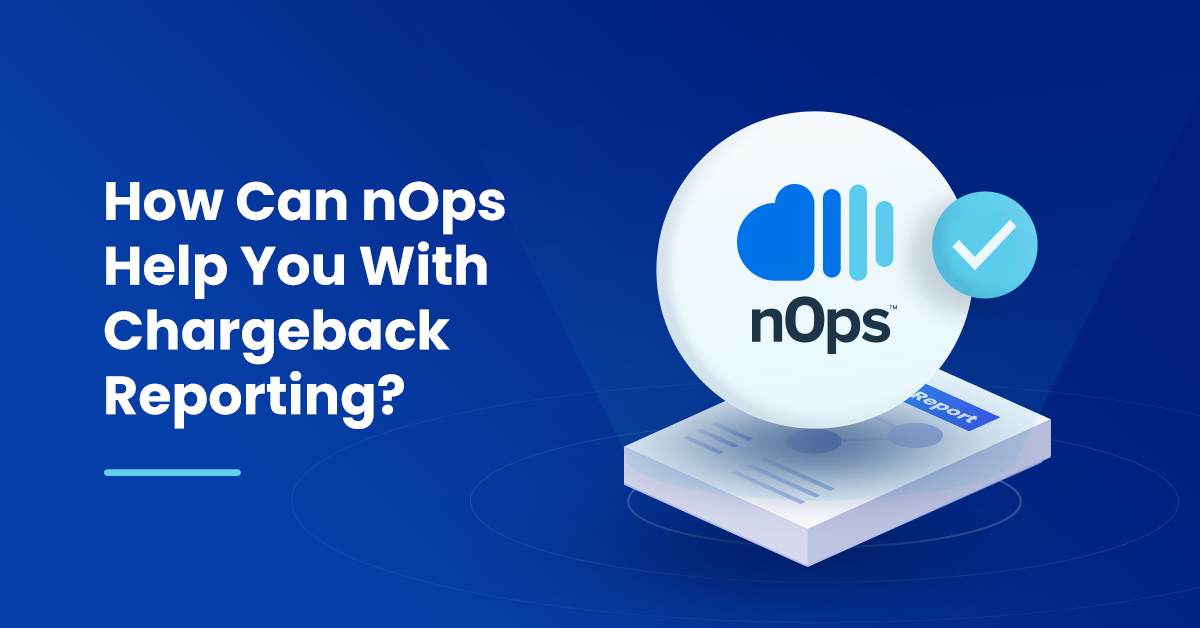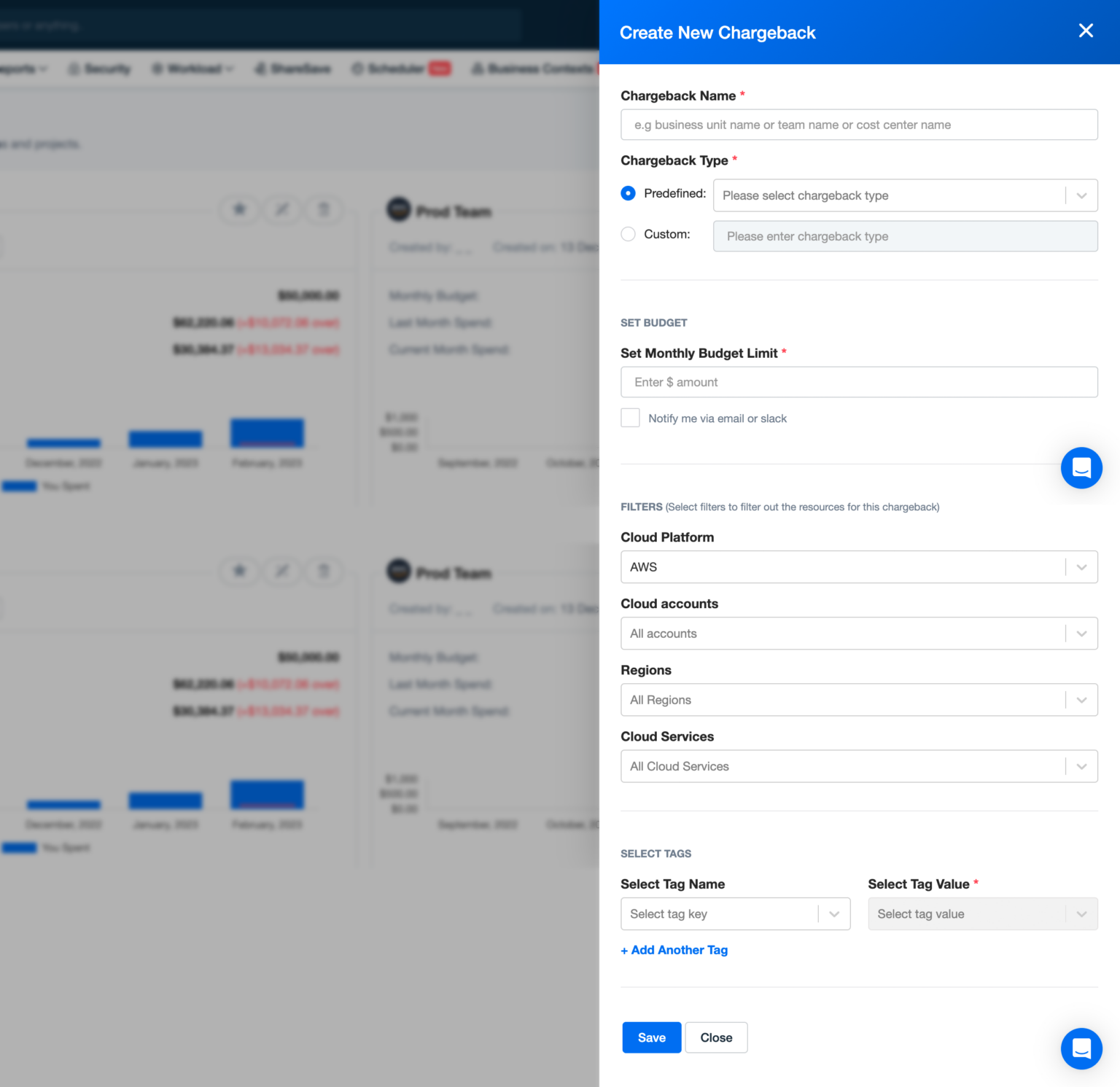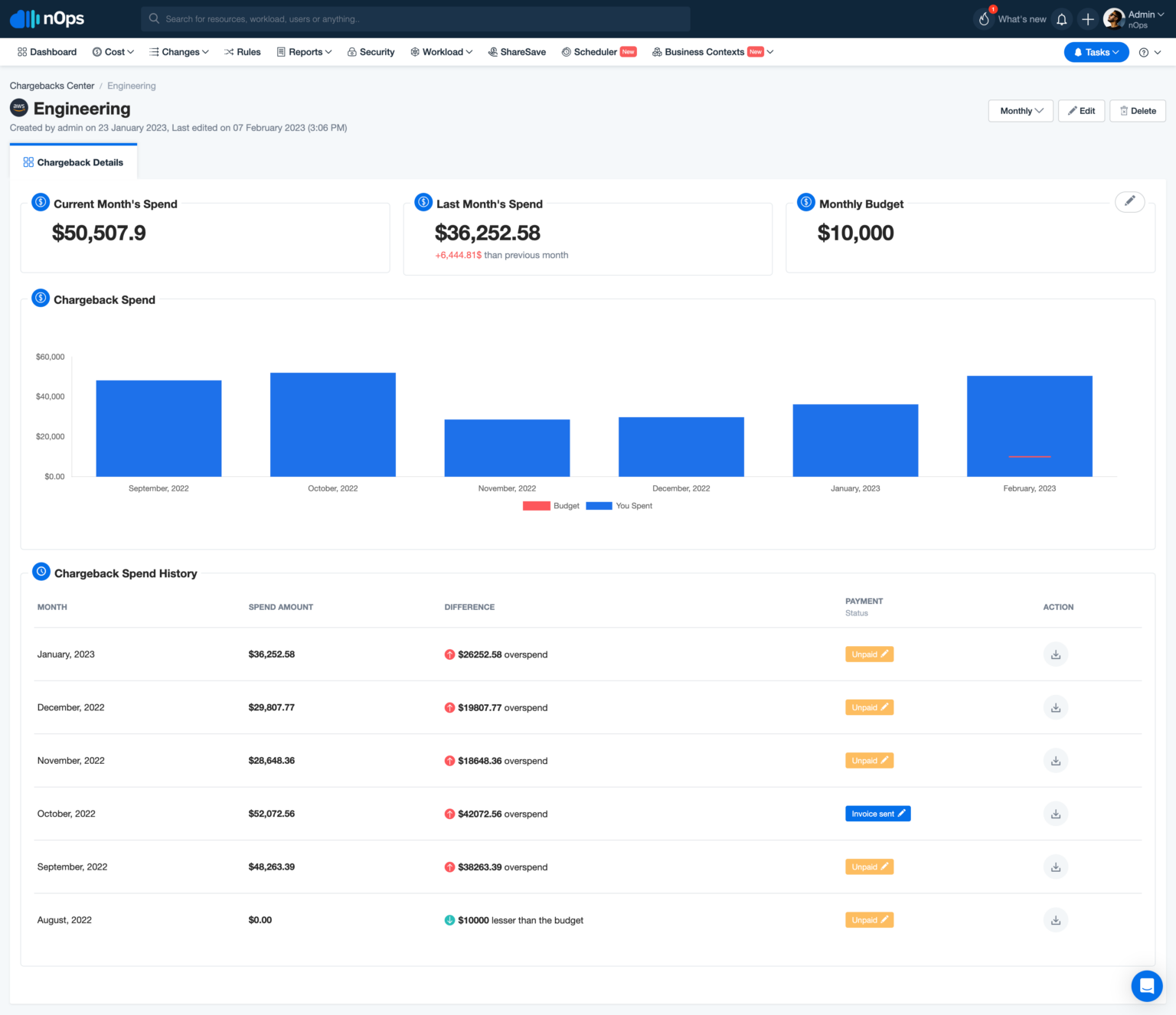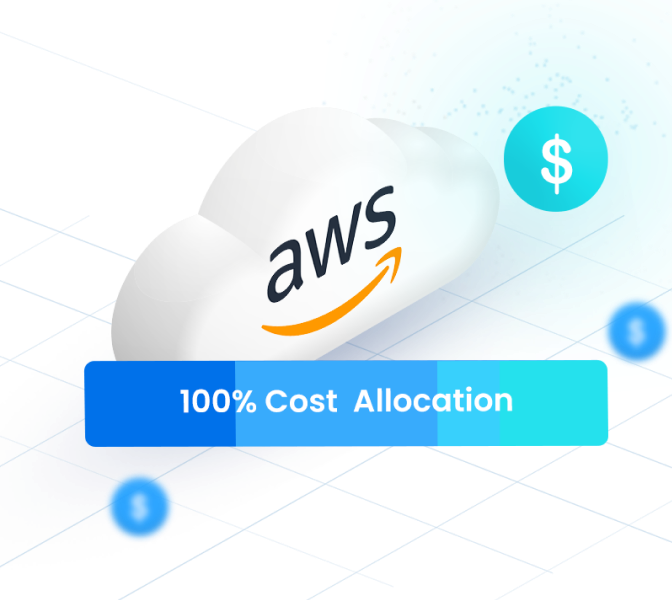- Blog
- Cost Allocation & Reporting
- The Ultimate Guide To Chargeback
The Ultimate Guide To Chargeback
Last Updated: June 13, 2024, Cost Allocation & Reporting
AWS has emerged as a popular cloud provider for organizations worldwide, enabling them to scale their IT infrastructure and enhance their cloud computing capabilities. However, despite the benefits of AWS, it can be a costly proposition for businesses.
One way to optimize cloud costs is through chargeback tagging. This involves assigning specific tags to AWS resources and services to analyze usage patterns, identify opportunities to reduce costs, and hold stakeholders accountable for their usage.
In this blog, we’ll explore the concept of Chargeback tagging in detail. You’ll learn how to set up and use this strategy to better manage your AWS costs, including how to allocate costs to specific departments or teams, optimize resource usage, and drive cost savings. Read on!
What is IT Chargeback?
AWS chargeback is a cost allocation strategy that involves billing a specific business unit for their incurred costs only. In simpler terms, you charge each department for their cloud usage costs. This approach aims to enhance cost control, improve accountability, and increase transparency across the organization. By making each business unit responsible for their own consumption, they are more inclined to manage their usage more effectively.
In contrast, showback is another cost allocation strategy that focuses on consolidating the total cost and sharing the Cost and Usage Reports with each business unit. You can explore the indepth differences between the both at: Chargeback Vs. Showback: The Ultimate Guide!
What Are The Benefits of IT Chargeback?
IT chargeback can offer several benefits for organizations, including:
- Cost control: IT chargeback can provide greater visibility into the costs of IT services and infrastructure usage, enabling organizations to identify opportunities for cost optimization and reduce wasteful spending.
- Accountability: By assigning costs to specific business units, IT chargeback creates a culture of accountability and encourages departments to manage their IT usage more efficiently.
- Fairness: IT chargeback helps ensure that each business unit only pays for the IT services and infrastructure that they use, promoting fairness and preventing cross-subsidization.
- Transparency: IT chargeback provides transparency into the costs associated with IT services and infrastructure, which can improve communication between IT teams and business units, leading to better decision-making.
- Business alignment: By aligning IT costs with business units, IT chargeback can help organizations align IT spending with business objectives, ensuring that resources are directed to the areas that provide the most value.
Overall, IT chargeback can be an effective way for organizations to optimize IT costs, promote accountability, and align IT spending with business objectives.
AWS Cloud Cost Allocation: The Complete Guide
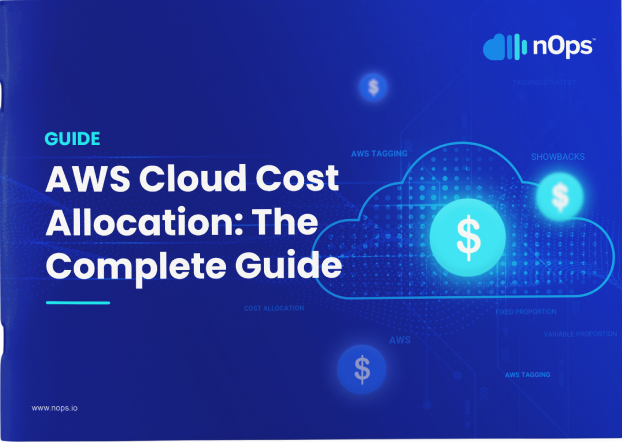
How To Execute IT Chargeback Successfully?
- Define the scope of the IT chargeback: Establishing the scope of the IT chargeback is essential for implementation. It should cover the type of services to be charged back, the underlying billing structure, and the cost allocation rules.
- Decide the chargeback model: There are several chargeback models that may be used, such as flat-rate, tiered-rate, or usage-based models. Decide on the model that best meets the needs of the organization.
- Assign a cost to each service: Assign a cost to each service to be charged back. This cost should reflect the true cost of providing the service.
- Set up the billing process: The billing process should be simple and automated. The billing should be sent to the appropriate departments at regular intervals.
- Monitor the chargeback system: Monitor the chargeback system to ensure that it is working as expected. Make adjustments as necessary.
- Measure the success of the system: Measure the success of the system by tracking the cost savings achieved through the system.
- Educate users: Educate users on the importance of the system and how to use it effectively.
- Review the chargeback system regularly: Review the chargeback system on a regular basis to ensure it is still meeting the needs of the organization.
- Communicate with stakeholders: Communicate with stakeholders to ensure that they are aware of the system and its benefits.
- Keep the system up-to-date: Keep the system up-to-date to ensure that it remains effective.
How Can nOps Help You With Chargeback Reporting?
nOps is an AWS cloud management platform that streamlines chargeback tagging by providing a centralized platform to create and manage chargeback tags. You can add details such as name, type, monthly budget limit, filters, tag name, and tag value for every new chargeback tag. nOps offers visual reports and notifications when a resource goes beyond the monthly spending limit associated with a chargeback tag.
nOps not only streamlines chargeback tagging but also provides comprehensive optimization tools to help decrease overall cloud spending and build financial confidence. With nOps, you can optimize your AWS cloud spending and maximize ROI.
nOps run optimization on auto-pilot to help you track, analyze, and optimize, freeing your team to focus on building and innovating. You benefit in two key ways:
- First, pay less for what you use without the financial risk.
- Second, use less by automatically pausing idle resources.
nOps manages $1.5 billion in cloud spend and was recently named #1 in G2’s cloud cost management category. Sign up for nOps or Book a demo call today.



